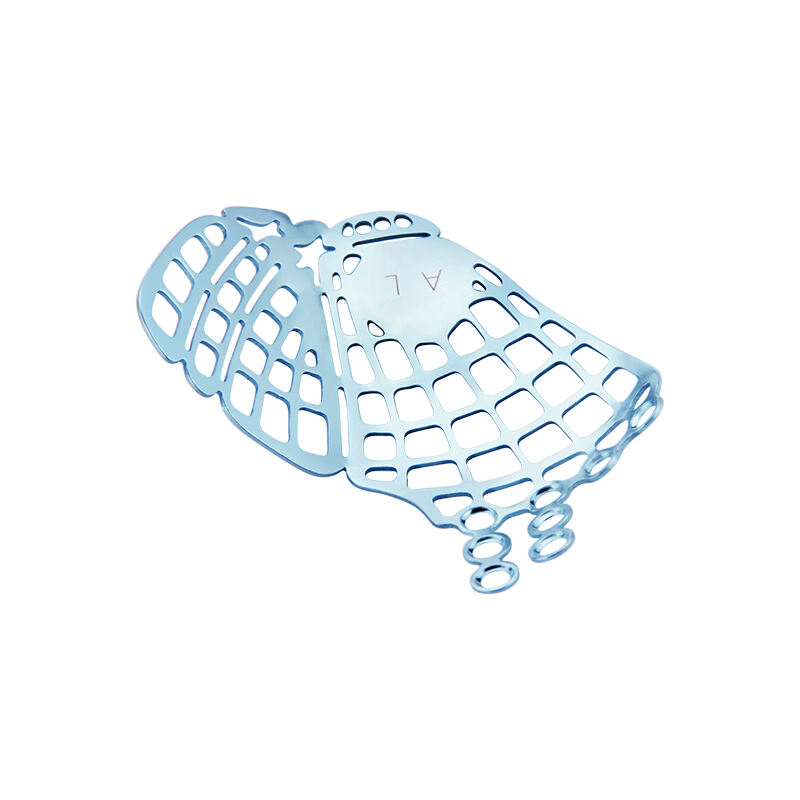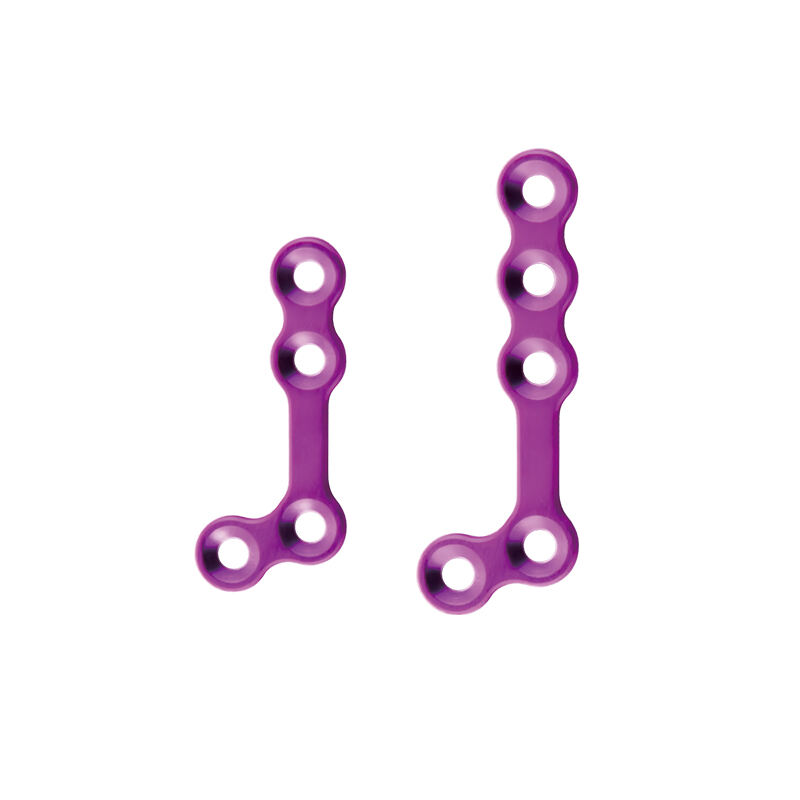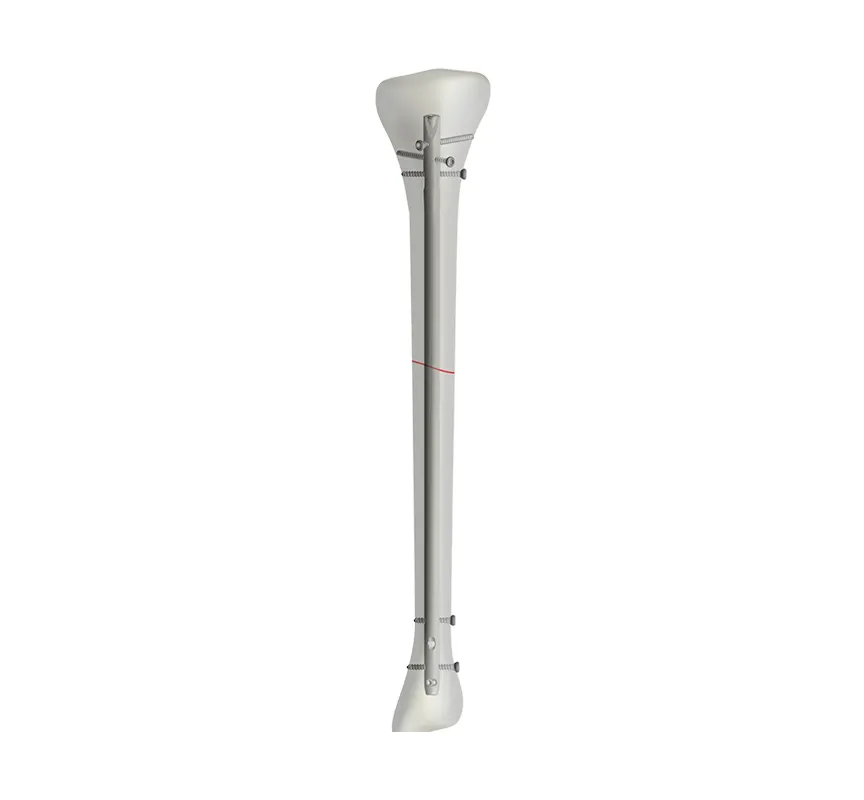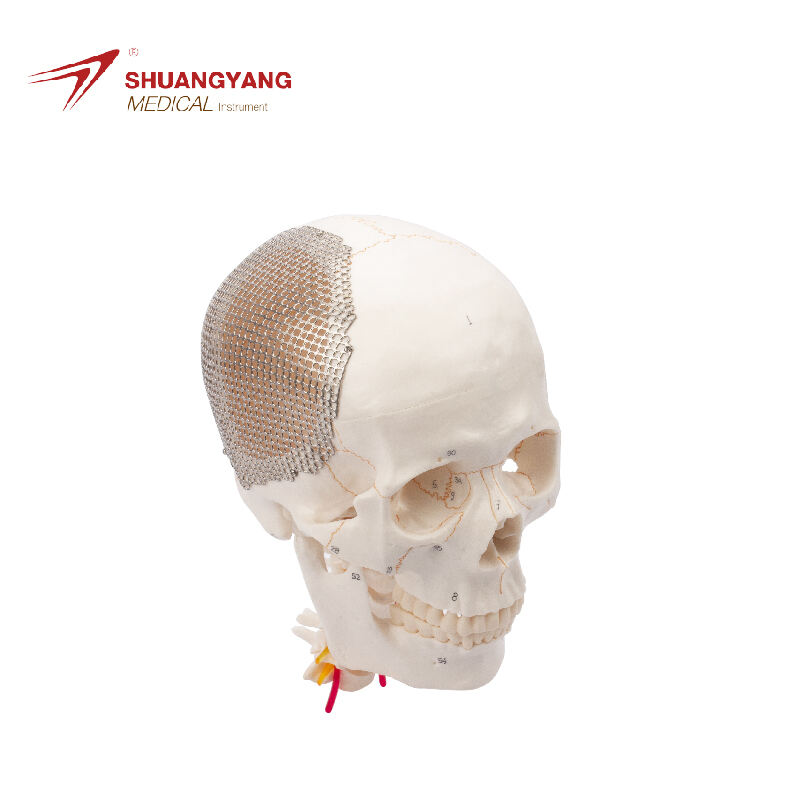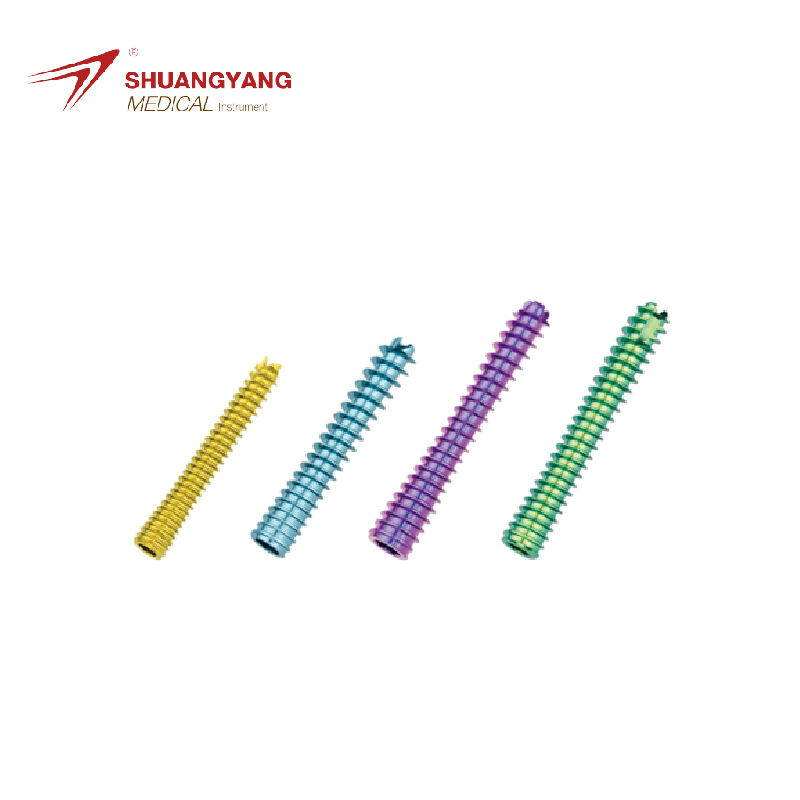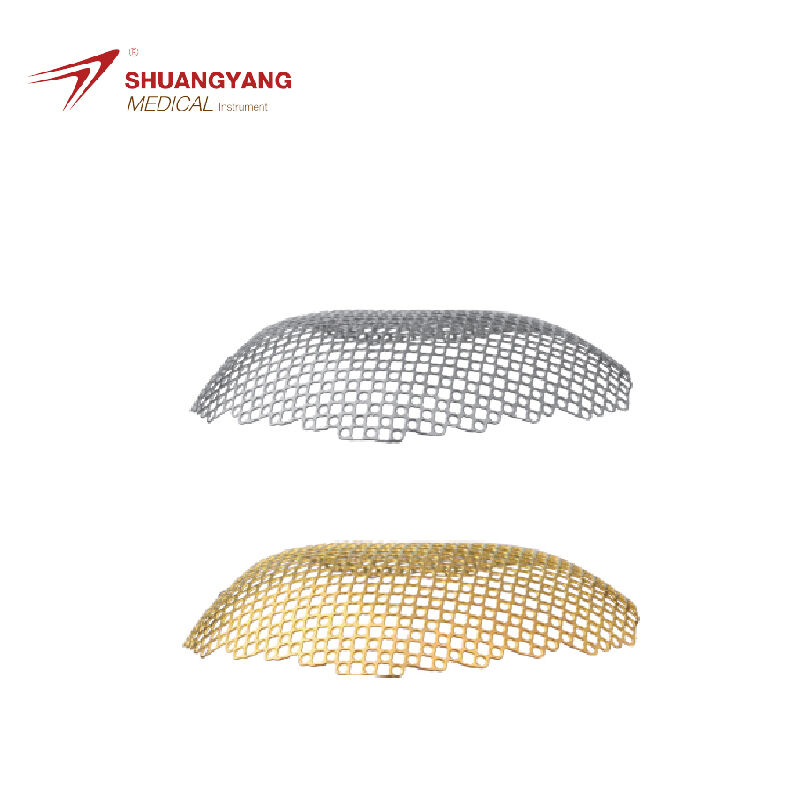distal femoral plate
The distal femoral plate is an advanced orthopedic implant designed to stabilize fractures in the distal region of the femur. Its main functions include providing mechanical support, maintaining alignment, and facilitating bone healing. Technological features of the distal femoral plate encompass a high-grade titanium construction, which offers biocompatibility and resistance to corrosion. It also features a low-profile design that minimizes soft tissue irritation. The plate's modular nature allows for customization based on the patient's anatomy, making it applicable for a wide range of distal femoral fractures. Its versatility makes it a preferred choice in trauma and reconstructive surgeries.
 EN
EN
 FR
FR
 ES
ES
 AR
AR

